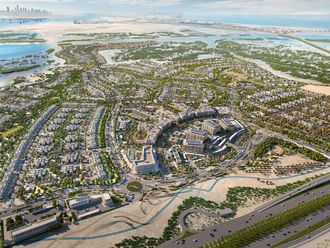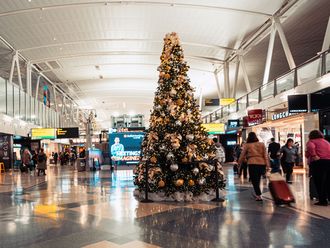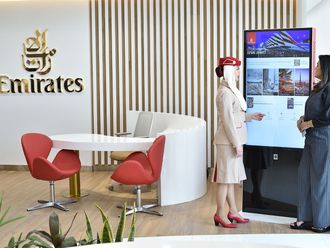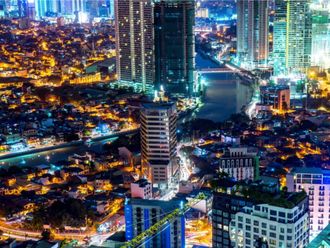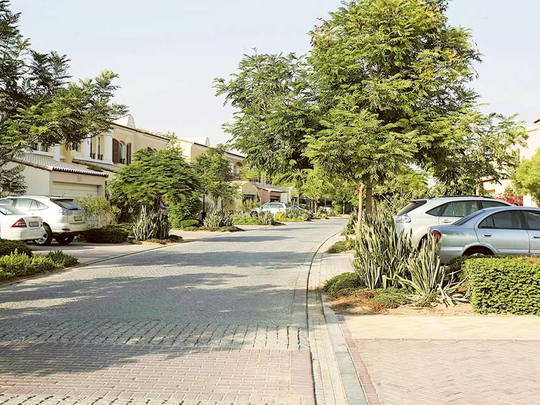
Dubai: With their latest launches, more of Dubai’s developers are putting up price tags of under Dh1,000 a square foot to grab an investor’s attention and — more to the point — get him to buy. For the Phase 3 release of units at its Green Community development, Union Properties decided to retain a pricing of Dh850 a square foot despite the fact that it is already a well-established residential location.
Deyaar, in September, released the first apartment units at its quite sizeable underdevelopment Midtown project in IMPZ (International Media Production Zone) at under Dh1,000 a square foot.
And, almost imperceptibly, these projects and the ones to come are simultaneously pulling in investors to join them in heading for the emerging parts of the city. “Furthest out, Dubai South [formerly Dubai World Central] has started to develop less than 3 per cent of its available plots for residential based on available data,” said Sameer Lakhani, Managing Director at Global Capital Partners. “Other locations such as in Dubailand, IMPZ and Motor City are where developers can unlock significant value for themselves and at values which a mid-income end-user can identify with.
“The next upturn in Dubai’s realty cycle should start with demand generated at mid-tier locations rather than premium — and established — destinations. It’s been the case with any major turnaround recorded in the past in New York [during the 1970s], Los Angeles [the 1960s] and even London to an extent.”
Interestingly, even developers with strong upscale credentials such as Omniyat Properties — which has traditionally favoured Business Bay — recently confirmed plans for a venture in IMPZ. Even then, Omniyat will have a pricing point higher than the current average at IMPZ. But the very fact that luxury developers are starting to cater to a mid-tier location bodes well for the health of the marketplace. More so, as they have seen the demand potential that exists by catering to a first-time buyer catering more to a mid-income profile.
But even as fresh locations become available for developers, one thing they cannot do is stick on sales prices that the majority of their target buyers cannot afford. Because it will be among residents with median monthly incomes of Dh20,000-Dh40,000 that they should be casting their net wide.
As of end 2014, an estimated 89.8 per cent of Dubai’s residents are still living in rental locations. The change from what it was in 2010 — 91.1 per cent — has been incremental at best, according to the latest research from GAC. This is where the biggest change could occur over the next decade ‘as freehold supply dominates the housing stock’, the report adds.
But this is where the question of pricing looms large. Based on a rent-to-income ratio of 30-47 per cent, a median salaried worker in Dubai earning Dh15,000 has a budget of Dh54,000-Dh90,000 annually to spend on rent. “These budget constraints restrict residents from moving to freehold communities due to a lack of options in the affordable segment,” the report notes. “This shortage only widens as residents look for larger size units.”
According to Lakhani, “It won’t take much for residents who are spending 30 per cent and more of their income on rentals to go out and buy,” said Lakhani. “But developers apart from having the right pricing and payment scheme should also ensure optimum space availability.
“There’s no reason why a mid-income family should buy when all that they would get is a one-bedroom or a cramped two-bedroom at best for a price of Dh500-Dh800 a square foot.
“What developers of freehold projects need to do now is create options on living spaces and at affordable rates. Currently, the affordable residential options are only available in leasehold areas.”




